Almost a year after we tested the renewed Niro as a hybrid (HEV), time to scrutinize the arguments of the Kia e-Niro , the 100% electric version. You don't have to wait for the verdict to declare it the most interesting of all the Niro so far, even though it's the least accessible of them all.
It's the most interesting for several reasons, but mainly because it's the most powerful and fastest of the three existing — HEV (hybrid), PHEV (plug-in hybrid) and… e-Niro (electric) — and, interestingly, because it's also the Niro with the biggest boot of the three; now yes, a capability more in line with the familiar pretensions of this crossover.
reference efficiency
But what ended up impressing most about e-Niro was the excellent efficiency of its powertrain. The 15.9 kWh/100 km advertised are good, very good even, especially when we see that they are at the level and even better than the values advertised for several electric vehicles that are more compact, less powerful and lighter than this e- Niro.
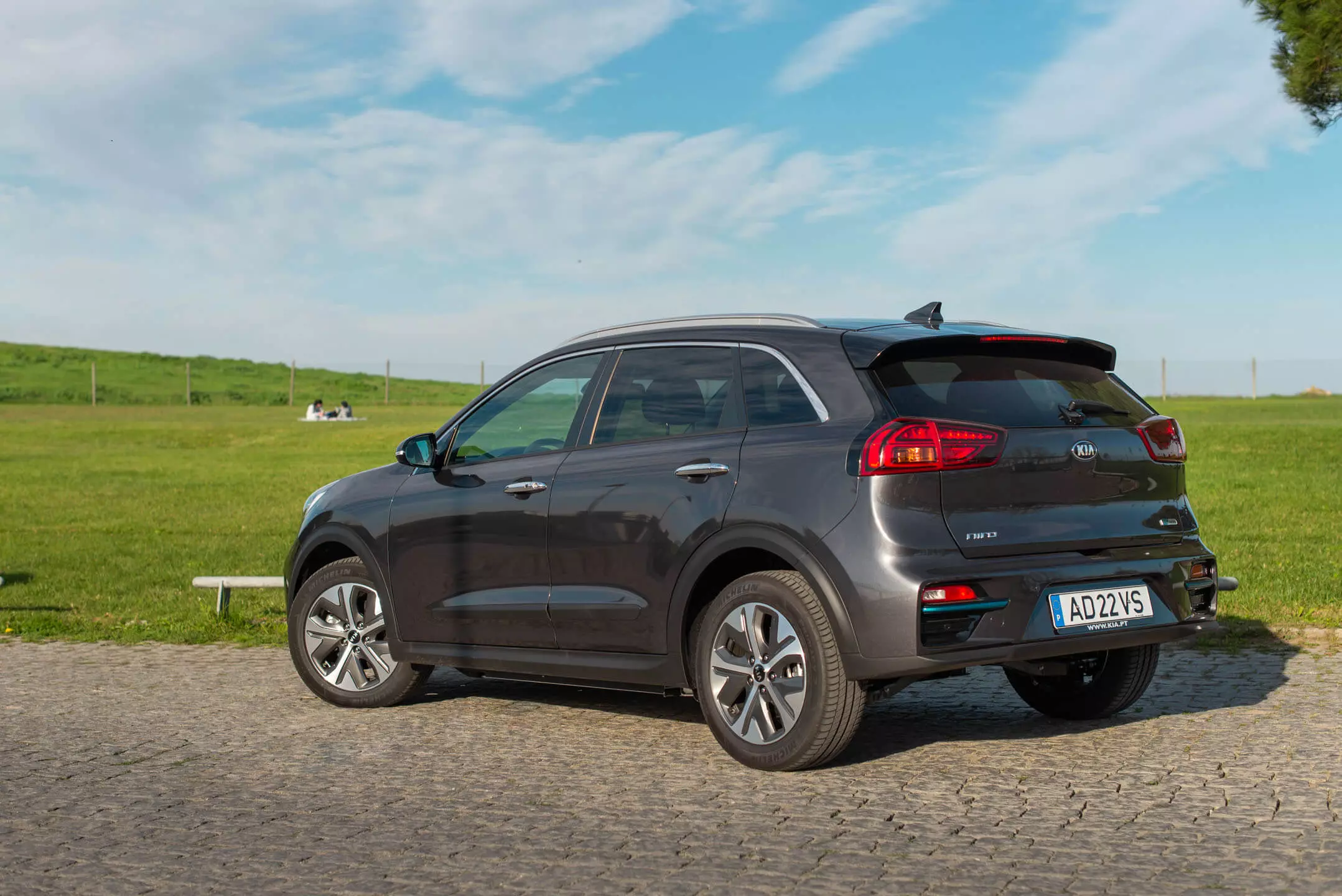
If at first I even thought it was quite optimistic — after all, it is an electric crossover weighing almost 1800 kg, 204 hp and 395 Nm —, taking into account the other electric vehicles I have already tested and those that have already passed through the Razão Automóvel garage, I have to admit that I was surprised when I saw in practice how easy it is to reach not only the official 15.9 kWh/100 km, but even fall below that mark, with the records having usually gone through the 14 highs and 15 lows.
Even on the highway, the Kia e-Niro proved to be very competitive. Despite the frontal area being superior to other more compact electric vehicles (higher body, wider and greater ground clearance), consumption was between 20-22 kWh/100 km, perfectly in line with other smaller electric vehicles.
Subscribe to our newsletter
If your use is limited to urban/suburban routes, without “abusing” too much of the tempting 204 hp/395 Nm, getting more than 400 km per charge will be possible, without much effort — anxiety about autonomy? Not a heart wrenching feeling… Unless you do a hundred kilometers a day, chances are the Kia e-Niro only needs one recharge a week.
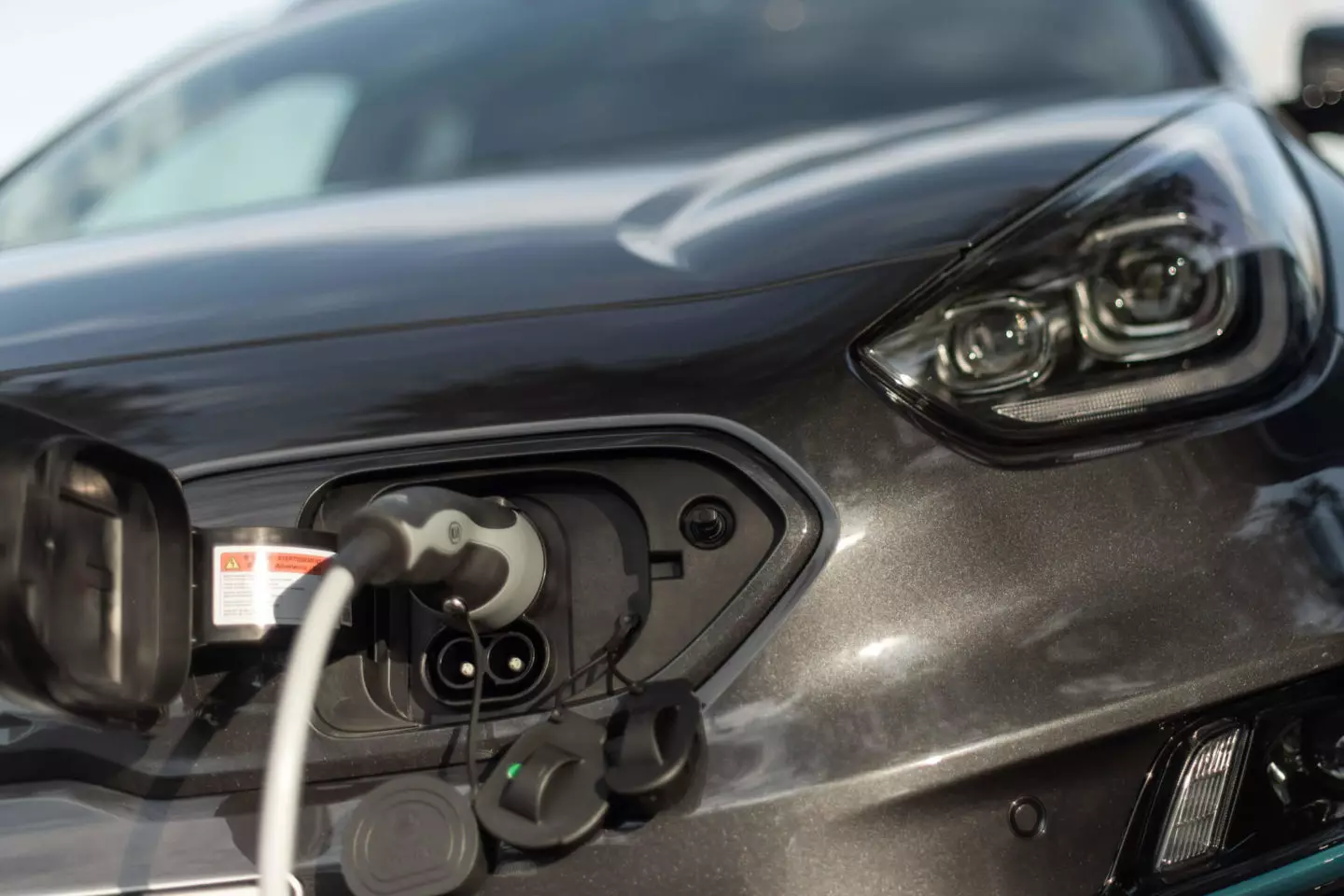
The loading door is at the front, where the grille on Niro hybrids would be. Charging the battery from a household outlet (220V) takes 29 hours; and at an 11 kW station, about 7 hours. At a 50 KW fast charging station we need 75 min for 80% charge; while on a 100 kW this time is reduced to 54 min.
Longer trips? No problem
The demonstrated efficiency, combined with the good internal quotas and even considering the available performance, end up making the Kia e-Niro a good companion for (risking) longer distances, such as a weekend getaway (or at least , As soon as possible).
His qualities as a road rider are further evidenced by the high comfort and refinement on board. Partly provided by the seats — they lack some support, except the lumbar, electrical adjustment —, partly because of the very good soundproofing, partly because of the dynamic adjustment tending towards soft.
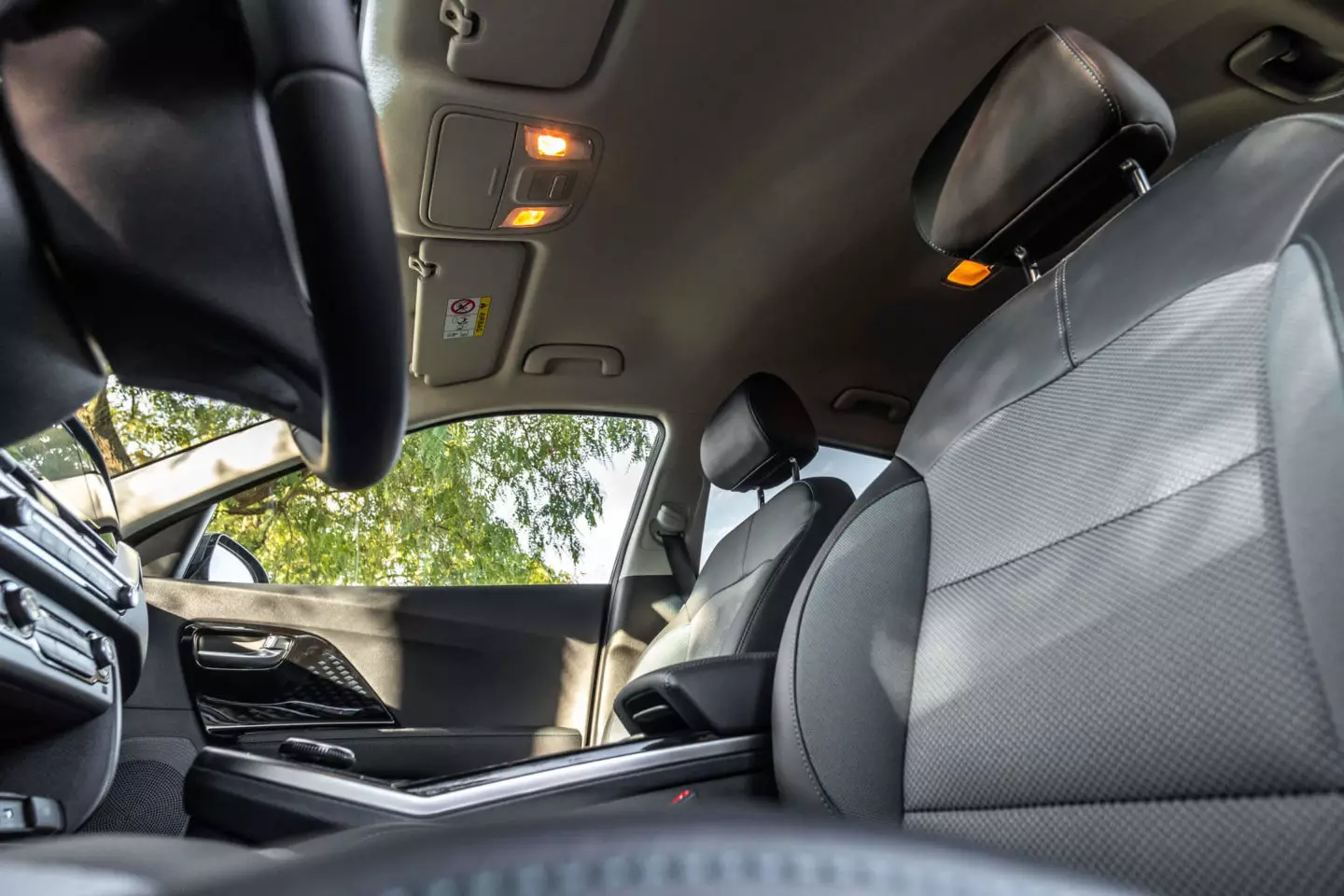
The seats proved to be comfortable even after longer periods of use. We have electrically adjustable lumbar support, but I would like more lateral support.
The Kia e-Niro is more friendly to open, wide roads — it's characterized by high stability — than narrower, winding roads. The adjustment of the soft suspension and the Michelin Primacy are not the best partners to explore all the “fury” of the 204 hp and above all the instantaneous 395 Nm.
Use the throttle as an on-off switch, and the sudden bursts of torque overload the soft front tires with some ease, and these will make themselves heard (and well) in protest. That said, the e-Niro's demeanor is always competent and healthy in reaction, even if it's not the most exhilarating — I would personally “sacrifice” some of the softness for something more suited to dynamic set-up and tires to handle the performance offered.
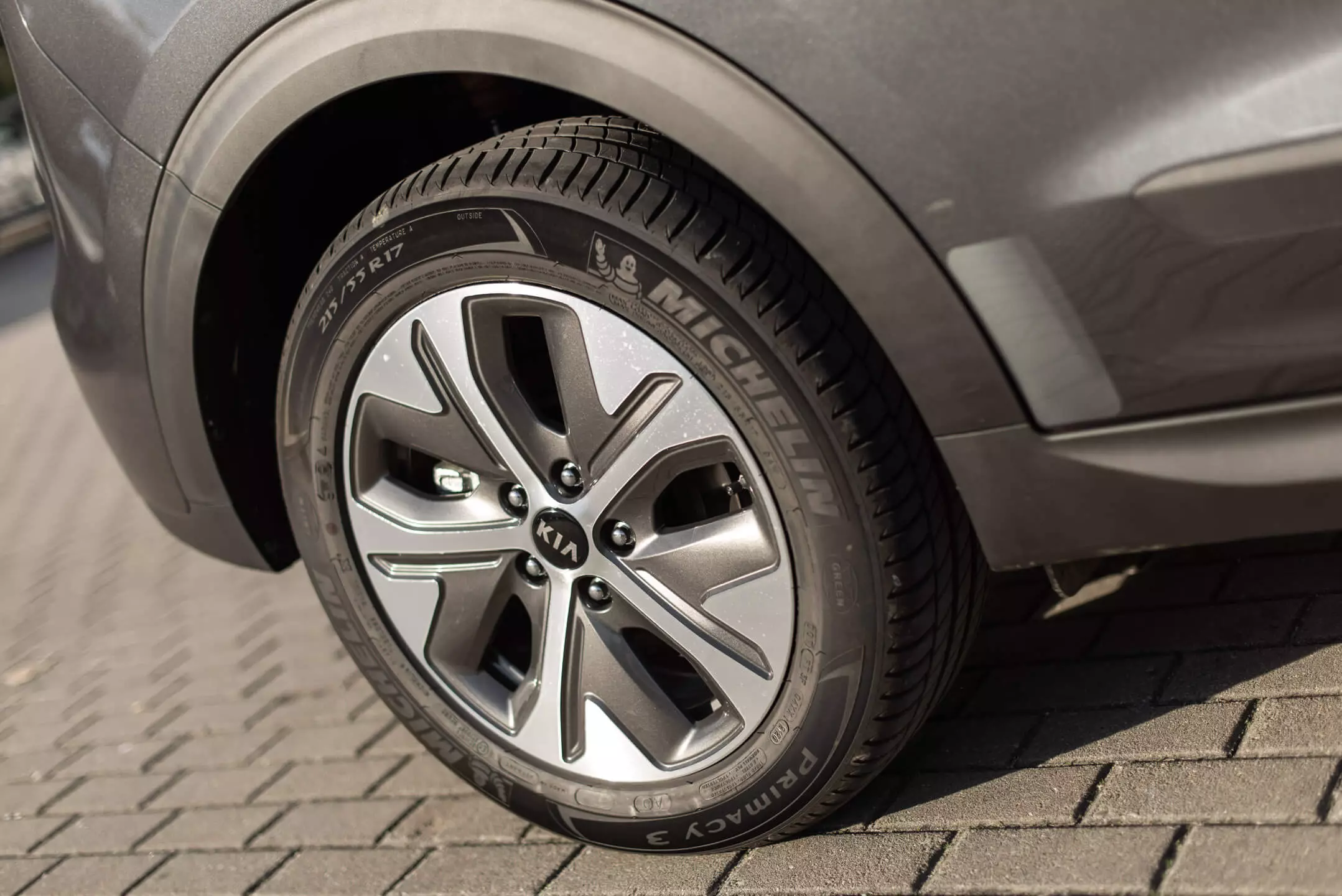
Being more civilized in using the accelerator, so as not to excite the tires too much, and they won't want to trade the instant 204 hp and 395 Nm for nothing. Just press on the accelerator a little more and the Kia e-Niro launches decisively forward, overtaking becomes child's play and practically all climbs are treated as if they weren't, such is the ease with which it wins and/ or maintain speed.
Sideburns, the possible interaction
Unlike other electrics, the e-Niro does not have a B-mode in the transmission selector, that is, a mode that puts energy recovery to its maximum. Instead, we have paddles behind the steering wheel, in the same position as you would find the gearshift paddles on a vehicle with an automatic transmission, to control the level of energy recovery in deceleration.
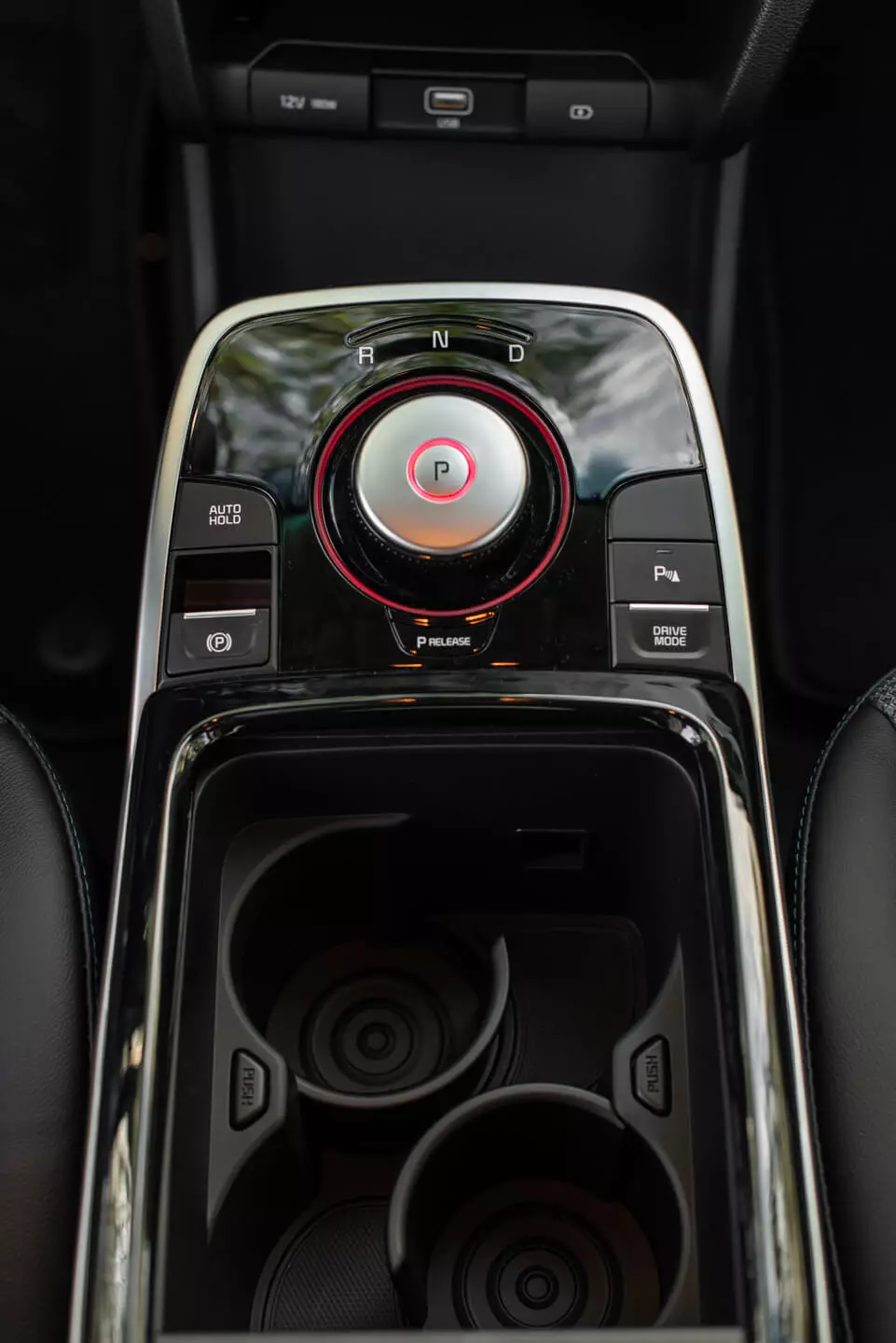
They range from level 0 (no recovery) to level 3 (maximum recovery) and it didn't take much for them to become an integral part of the driving experience, making it more interactive than usual in these types of proposals.
For example, on downhill slopes, to simulate the effect of the engine brake, one or two taps on the left paddle and we increase the energy recovery level, allowing you to maintain a constant speed. And if they keep the same tab pressed, the recovery is strong enough to be able to immobilize the e-Niro.
If we keep the right tab pressed, we activate the Auto energy recovery mode, where the e-Niro automatically selects the recovery level, taking into account the vehicles in front of us, detected by its radar.
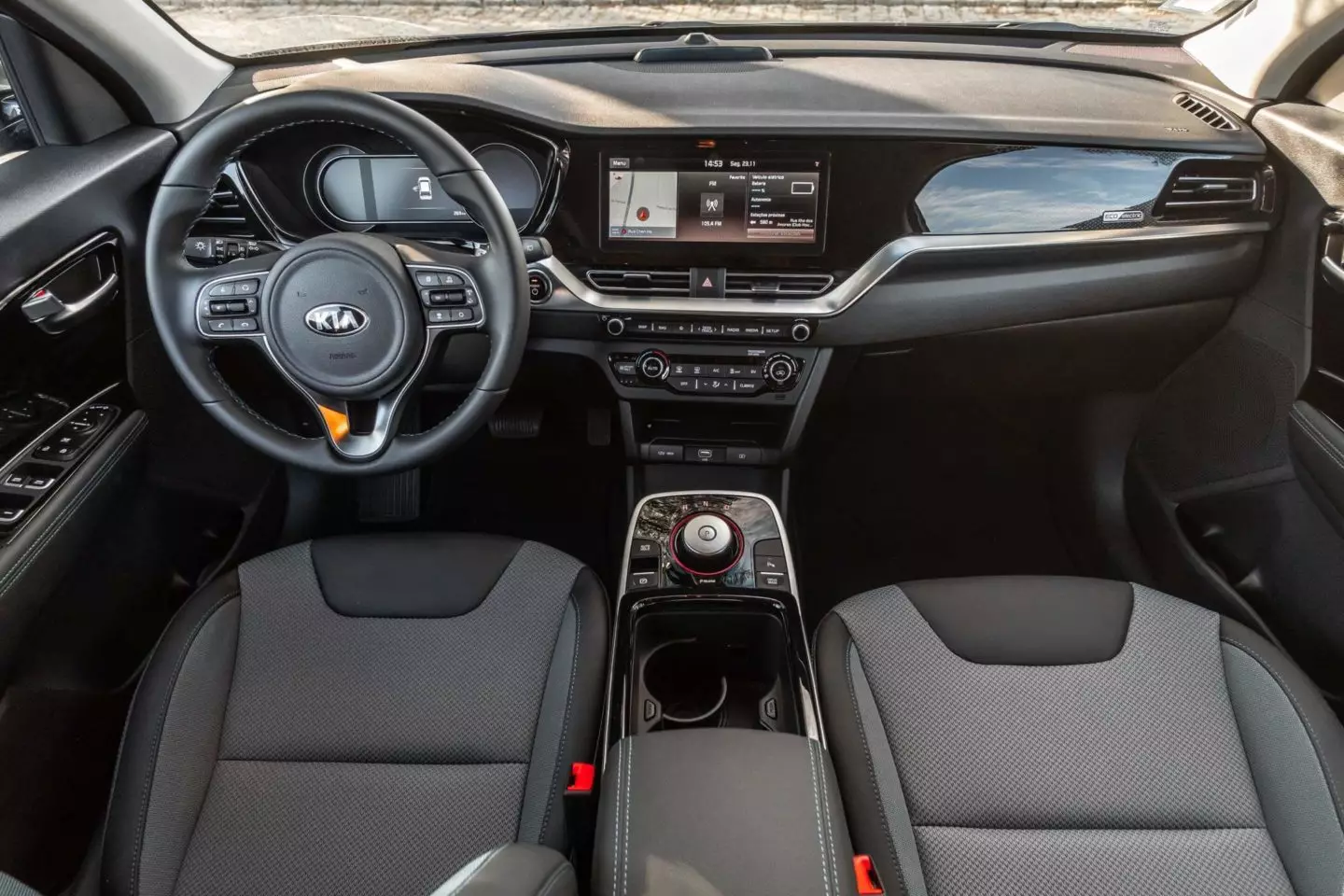
A sober design, but with many black lacquered surfaces, which don't look bad, but get dirty with some ease.
Is the car right for me?
As with many other trams, the Kia e-Niro, due to the nearly 50 thousand euros requested (not including campaigns), is a more suitable proposal for companies than for private individuals. Just see that he was chosen as the “Electric Company Car” at the Fleet Magazine 2020 Awards.
Despite the very extensive and complete list of standard equipment — optional, only the metallic paintwork — the price of the Kia e-Niro reflects more the cost of electrical technology — still very expensive — than the car itself.
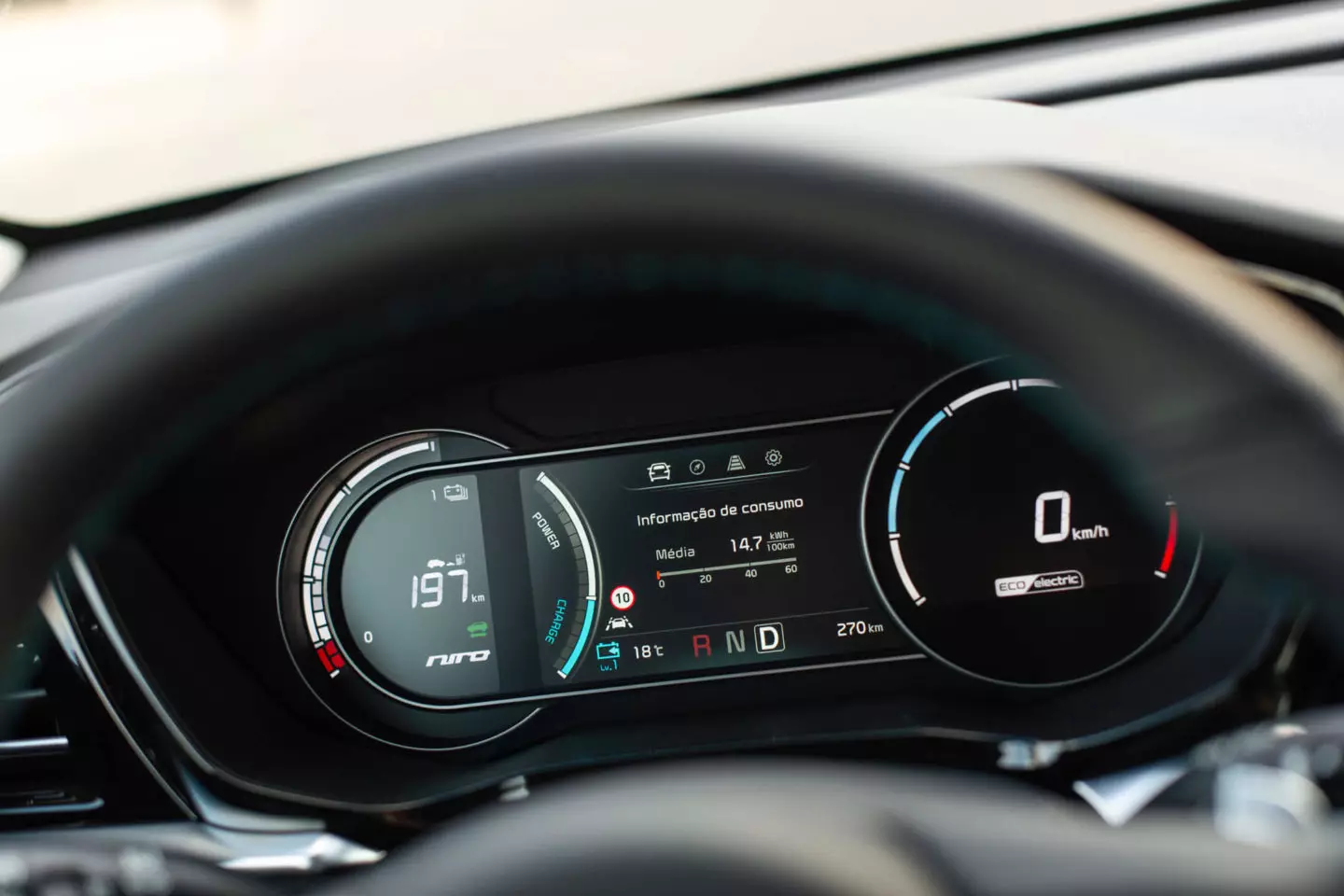
The instrument panel is digital, but unlike others, it doesn't have different views or much to customize. Reading is good overall.
Just compare him to the other Niro, the hybridized ones. The e-Niro costs €10,000 more than the PHEV (plug-in hybrid) and €20,000 more than the HEV (hybrid). Fortunately, in its favor, it has a level of performance that its “brothers” only dream of and that does so much for the general appreciation of the model.
There aren't many alternatives to the Kia e-Niro at the moment capable of offering the same space/efficiency/performance triad. The closest alternative is its “cousin” Hyundai Kauai Electric, from a segment below, which has the same kinematic chain, and is up to a few thousand euros cheaper, but its more compact dimensions are reflected in the internal dimensions, which are inferior.
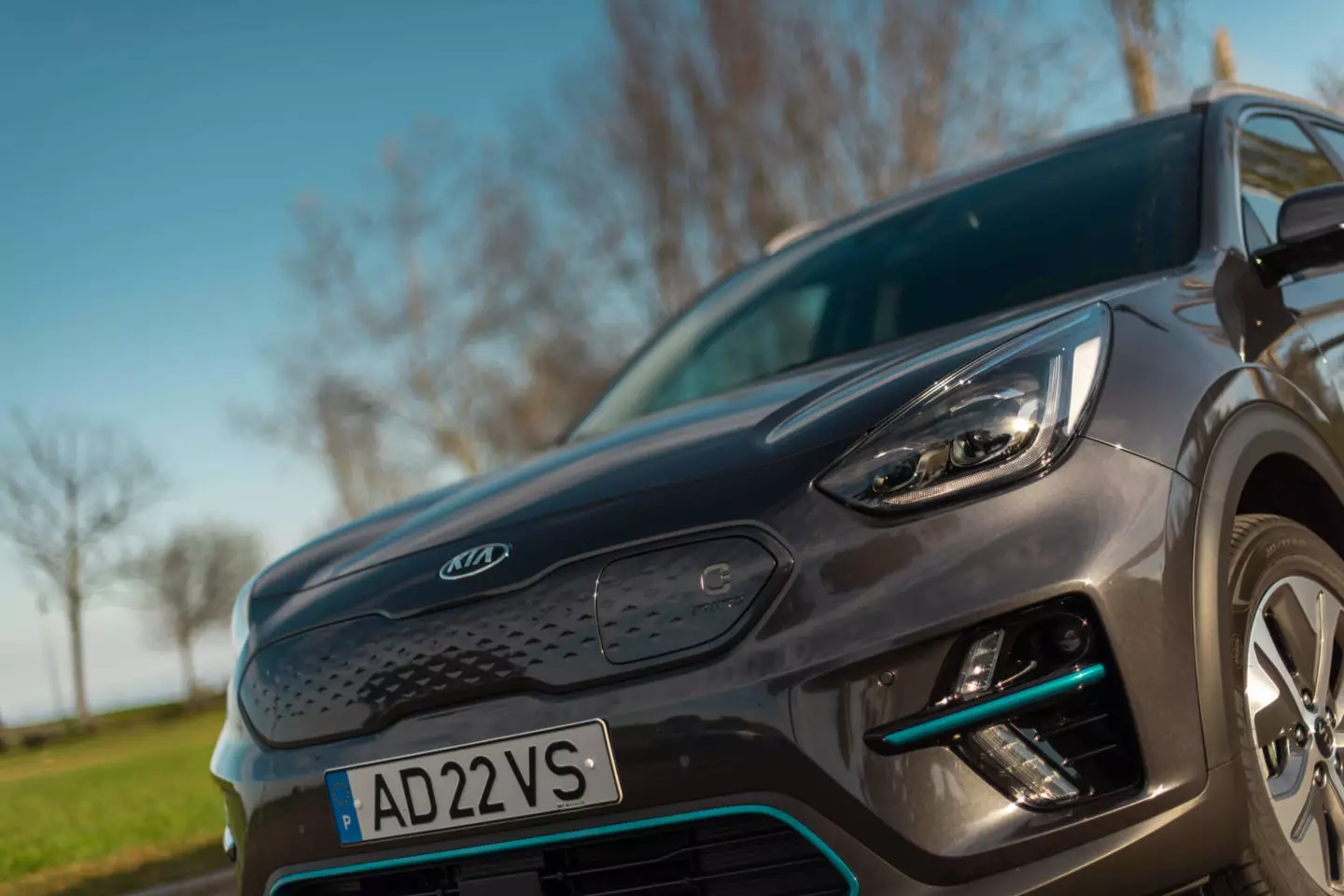
The e-Niro stands out from the rest for the lack of a front grille and for the "eletricating" blue notes. The same tone is used on the interior, in details such as the stitching on textile surfaces.
This year we will see more electric crossover/SUV arriving, like the Skoda Enyaq, which should be, for all intents and purposes, the Kia e-Niro's closest rival — in price and driving characteristics — despite being significantly larger in dimensions. .
